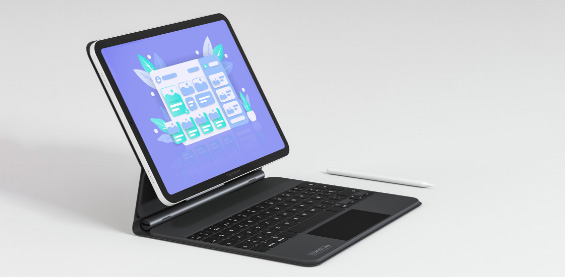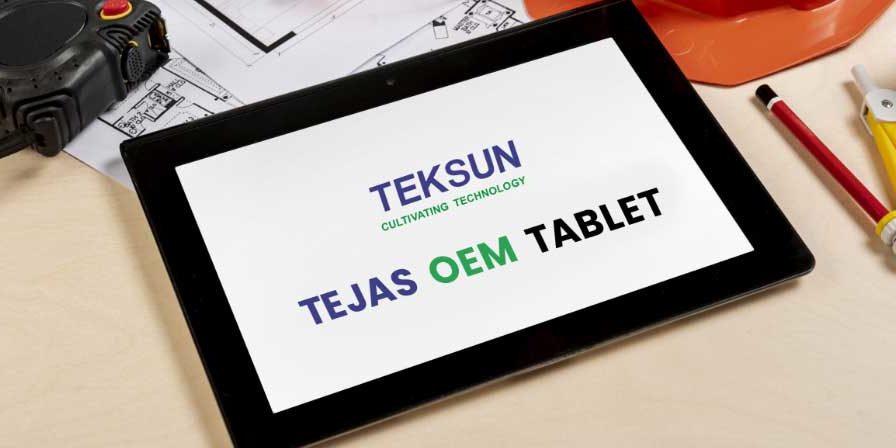When you’re looking for a tablet, you have to consider many specifications
How much RAM do you want? How much ROM? What are other features?
But the biggest question you probably didn’t consider: is your tablet provider an OEM or an ODM?
What is OEM?
OEM stands Original Equipment Manufacturer, which is based on the standard industry specs and ideas. With OEM, you can get on the proven specs, and then OEM assists deliver the tablet right away, and you can market the finished tablet with your brand name. While working with OEMs, what creators should pay attention to is that you need to depend on the manufacturers for your needs, which does not offer confidentiality, but saves a lot of time and money associated with R & D. So finding a trustworthy and respectable supplier or manufacturer is essential.
In the smart device industry, this term belongs to companies who manufacture their own tablets:

Some examples of OEMs tablets are LG, Samsung, and Teksun Tejas OEM Tablet, a cutting-edge Industrial tablet with a powerful processing capacity. Having Qualcomm based CPU and excellent hardware specifications, and state of the art firmware capabilities with Android 9, it can do loT edge processing. Video Streaming as well as run Artificial Intelligence. It has an industrial factor and can be integrated with an loT system or Machine communication easily. Making it an ideal choice for the new age Industrial HMI. On top of that, it has all the essential sensors and wireless communication capabilities required.
Now let’s discuss the Advantages and Disadvantages of these manufacturing approaches.
Advantages:
- If any special tools or components are needed, the supplier pays for them.
- Generally faster to market than ODM
- Your business isn’t liable for paying for new tools or equipment needed to manufacture.
- Save time and money on R&D.
Disadvantage:
- As several OEM factories manufacture products according to the same design, your product likely looks alike to your competitors’.
- You don’t get intellectual property security, so there’s a possibility that you see yourself in a contractual disagreement with the OEM.
What’s an ODM?
ODM stands for Original Design Manufacturer, the company that designs and develops a tablet to another company’s blueprints. Generally, ODM companies are in charge of R&D, product ideas, testing, and manufacturing. Though you rely on an ODM company for development, you might have little control over tablet specs and design. These companies also have their factories where they manufacture tablets, usually in huge numbers. These ODM partners allow the customer to own the IP rights for end deliverables.
Let’s be fair — ODM tablets have their advantages. Notably, they have one advantage, no development hassles.
They’re cheap to develop. For companies who have a lesser budget, the cost of R & D can be eliminated by an ODM tablet.
Advantages:
- As the customer, you can get the intellectual property of the tablet
- You can customize the tablet.
- It may be harder to copy your tablet.
Disadvantage:
- If any special tools or components are needed, you will be supposed to pay for them as the buyer.
- You cannot rely on ODMs to identify defects or troubleshoot your design. They manufacture products based only on the design data you give.
- It is resource-intensive and can take you time to build unique products.
Bottom Line
It’s likely that an OEM tablet provider will get you a quick and reliable turnaround on your application. You’ll never be bothered by the low build quality, outdated software, or identity crime.
Risk-takers do prefer tablets from ODMs. But if you’re looking for something more secure, you should consider an OEM.
Tekun Tejas is an OEM Tablet. To learn more, visit. https://teksun.com/
If you’re interested in an OEM Tablet such as the Tekun Tejas OEM tablet, then get in touch. We are a team of experienced engineers, developers, designers, and data scientists. Please browse our website to learn more about our OEM tablet, or contact us to get started with your OEM Tablet project today.



